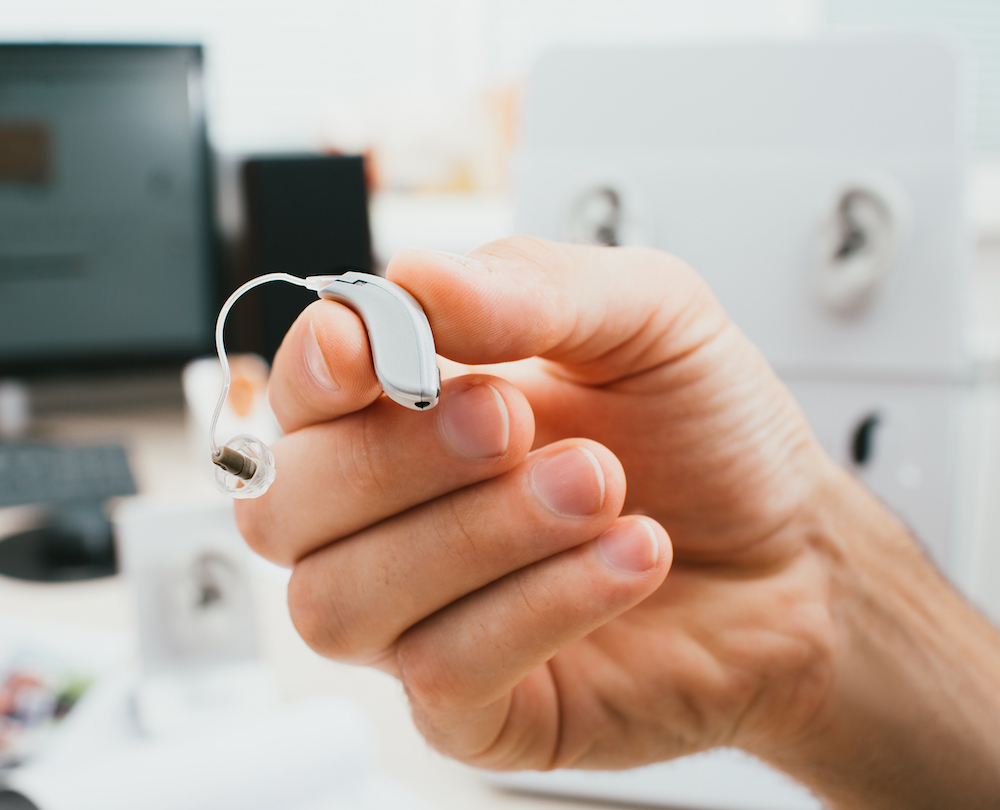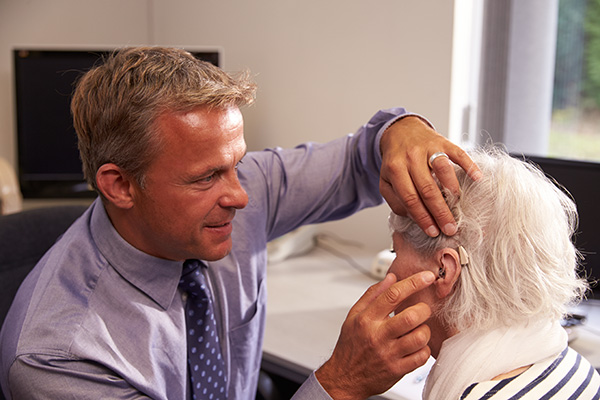3 Signs That You Are Wearing an Ill-fitting Hearing Aid
Manufacturers design most hearing aids to provide a bespoke fit for the
Now Offering the Latest In Hearing Innovation: The Oticon Intent Learn More

By: admin | August 27, 2021
There are many hearing aid styles, both currently available for use and also currently in development, and knowing which hearing aid style is right for you is key to managing your hearing loss experience.
Every single type of hearing aid style has its own advantages, and what works for you may not work for someone else; not all hearing aids are created equally when it comes to fitting them to the right person! And that’s why we’ve put together this list of the top five hearing aid styles we’re currently working with.
Of course, if you see your local hearing instrument specialist, they’ll be able to tell you all about the best hearing aid styles currently available in much more depth. But before you do, here’s a quick rundown of the top five types you should know about.
An in-the-ear (ITE) hearing aid is possibly the most common style currently available, thanks to just how malleable it is as a hearing aid. An ITE is custom-made (with an impression taken via a mold) to fit each user and can be made in the same color as their skin tone to help achieve a truly ‘invisible’ fit.
Similarly, an ITE hearing aid can be fitted either deeply into the ear canal, or it can be fitted much more close to the outer part of the ear, depending on the user’s hearing loss level. Made to be used with batteries that either need to be recharged or replaced regularly, the term ‘ITE hearing aid’ can also cover a wider range of the substyles of hearing aids below.
A behind-the-ear hearing aid is another incredibly popular hearing aid style, and as the name suggests, it fits behind the ear rather than inside it. Made with a tube that passes the sound into the ear without blocking the entire opening and canal itself, a BTE hearing aid can also be customized in color and design, making them great for younger people with hearing loss. Once again, a BTE hearing aid is operated via the use of replaceable or rechargeable batteries.
An in-the-canal hearing aid is one of the most comfortable styles currently available and is suitable to use for a wide range of hearing loss levels. An ITC hearing aid sits in the outer ear and is a lot larger than any other hearing aid style on this list. However, that works in its favor, as its battery tends to last a lot longer, and modifications can be added.
Such modifications include a directional microphone to help users follow certain volumes above others, such as a person talking to them in the middle of a noisy shopping center. However, the larger size can also make this style more noticeable, specifically physical sensation.
A completely-in-the-canal hearing aid is another style of ITE and is incredibly small, meaning it can be hard to notice when a person is using it. Similarly, a CIC hearing aid cannot be simply taken out by the user – it must be removed by pulling on the attached wire.
The CIC style is great for those who live with mild hearing loss, thanks to how hard modifications such as volume buttons can be to add, making them more unsuitable for those with moderate or above hearing loss. If you’re cautious about losing such a small device inside your ear, there’s no need to worry – they’re custom-made to fit the user exactly.
A receiver-in-canal hearing aid is a hearing aid style that combines elements of both ITE and BTE. While the speaker fits inside the ear, directing sound into the canal, the microphone sits behind the ear in a tube, with a small, translucent wire connecting the two together.
A RIC hearing aid is very easy to make, wear and repair and tends to come with only rechargeable batteries. They’re also easy to connect to wireless devices and may even ship with AI-enabled options.
Here at Sound Choice Hearing, we can offer plenty of advice on the type of hearing aid style that’s right for you. We work with the most updated versions of each style, and we know just how to find the right hearing aid for your needs. So, if you’re concerned about the fit that’ll work best for you, or you just want to know more, call us on (505) 565-7960 to arrange an evaluation or fitting appointment.

Manufacturers design most hearing aids to provide a bespoke fit for the
By: admin | June 14, 2022

Many people, including some professionals, associate hearing loss with
By: admin | May 30, 2022

If you believe that you have hearing loss, you may have considered whether
By: admin | April 24, 2022
